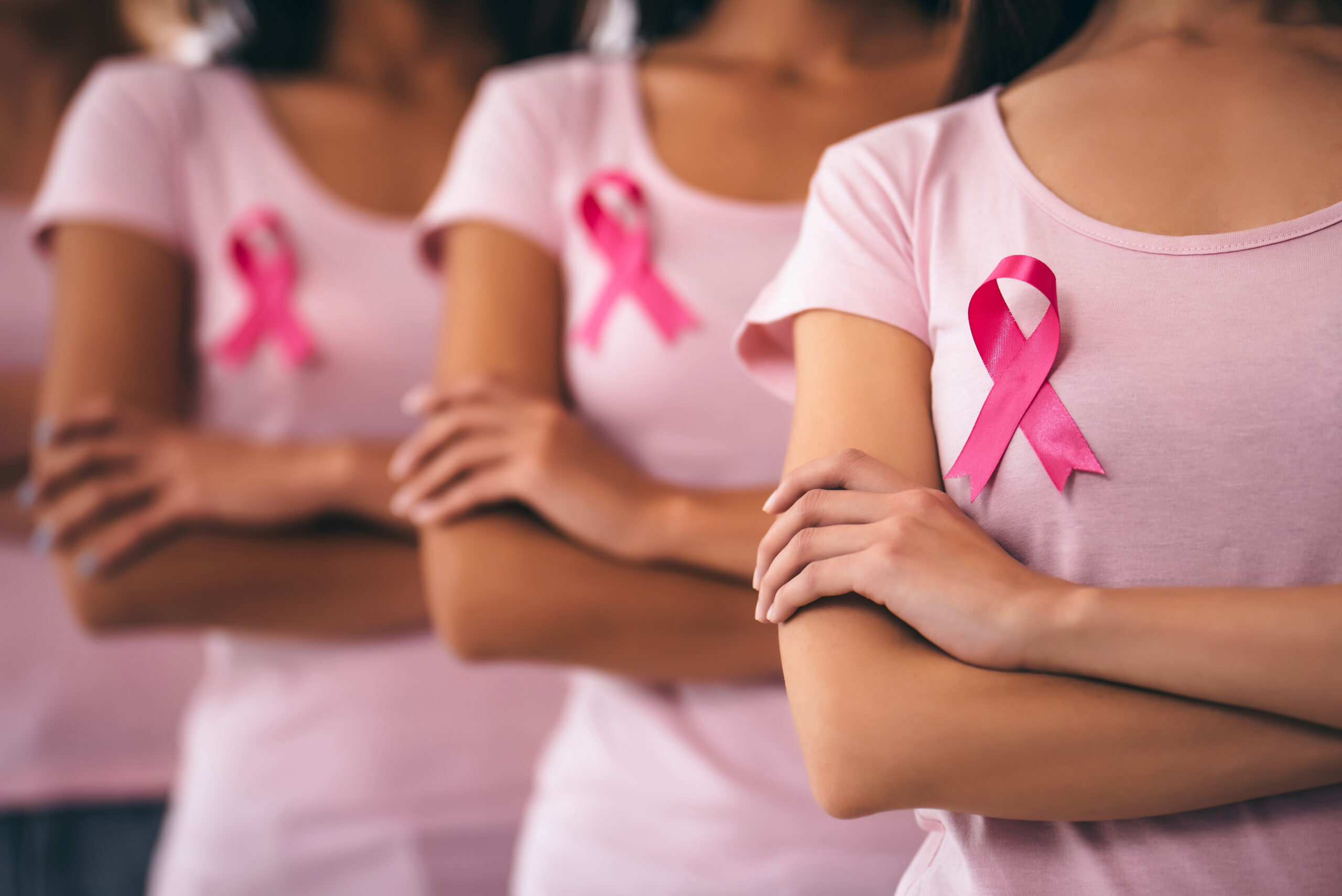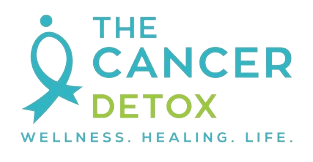The Top 22 Foods in Our Triple Negative Breast Cancer Diet
Learn more about 0ur triple negative breast cancer diet!
The Top 22 Foods in Our Triple Negative Breast Cancer Diet

ARTICLE SUMMARY
One of the challenges I often see with women diagnosed with triple negative breast cancer is that they are not given enough education about the disease, treatment and prognosis.
In this article I focus on the importance of vegetables as the foundation of a triple negative breast cancer diet and why women should be eating from the Top 22 Food list every day if they want to improve their survival outcomes.
Catch Up on Our Latest Posts
- How to beat breast cancer with diet (for breast cancer survivors that want to prevent a recurrence)
- DCIS breast cancer treatment and survival rates (for newly diagnosed)
- Learn about the best breast cancer diet plan (watch our latest video below)
INTRODUCTION
If you have been diagnosed with breast cancer then you know that your doctor has probably discussed the clinical stage and sub-type you have. Often times the discussion around breast cancer sub-type gets a cursory overview. Considering that many sub-types are difficult-to-treat, it is surprising the discussion is not more in-depth.
We have worked with many women diagnosed with triple negative breast cancer who have not be given a proper explanation on this disease. It’s not uncommon for women we work with to ask: “I have been diagnosed with triple negative breast cancer, what does that mean?”
Our mission at The Cancer Detox is to help women improve their survival outcomes by getting better care from their doctor and adopt a plant-based triple negative breast cancer diet.
WHAT IS TRIPLE NEGATIVE BREAST CANCER?
A triple negative breast cancer diagnosis is based on the examination of breast tissue. So what does triple negative breast cancer mean?
In simple terms, triple negative breast cancer is the lack of estrogen, progesterone and HER2 receptors on the surface of the breast cancer cell.
This causes the breast cancer cells to not respond to targeted treatment as well compared to cells that do have these receptors.
Triple negative breast cancer is determined based on microscopic examination of your breast tissue after it is retrieved from a breast biopsy. The pathologist (medical doctor) examines the breast tissue under a microscope to determine the following:
- Confirms that breast cancer cells are present
- Confirms the histological classification of the disease and puts it into a category, such as Invasive Ductal Breast Cancer or Lobular Breast Cancer
- Allows for grading of the disease, such as grade 2 breast cancer (which has a moderately favorable outcome) or grade 3 breast cancer (typically an unfavorable outcome)
- And finally breast tissue examination helps define how responsive the breast cancer cells will be to treatments such as chemotherapy and/or radiation. They look at certain gene and protein expression to determine how easily the breast cancer cells spread (proliferate). And they also look for hormone receptors on the breast cancer cells.
- Here are examples of the type of hormone and protein expressions that are determined:
- Estrogen (ER) receptors on the breast cancer cells
- Progesterone (PR) receptors on the breast cancer cells
- Human epidermal growth factor receptor 2 (HER2) gene amplification
- Proliferation index (Ki67) determination
A triple negative cancer diet can help reverse some of the above tumor markers, as you’ll see below.
HORMONES AND TRIPLE-NEGATIVE BREAST CANCER
The hormone receptors that are normally present on breast cancer cells – estrogen, progesterone, and HER2 – are not there on certain breast cancer cells, known as triple-negative breast cancer.
- Estrogen Hormone: The breast cancer cells do not have a receptor on their cell surface where the hormone Estrogen can bind. Let’s use our imagination to further explore this concept:
- Imagine the hormone estrogen is a space rocket and it needs a “dock” to land on
- Well this “dock” typically is located on the surface of a breast cell
- When the “dock” is not present, then estrogen cannot “land” at the dock
- If estrogen cannot “land” then it cannot enter the breast cell
- Progesterone Hormone: Triple negative breast cancer cells do not have the receptor for the hormone Progesterone either. Similar to estrogen, progesterone cannot “land” and enter the breast cell either
- Human Epidermal Growth Factor 2: And finally HER2 cell surface receptors are not present on these breast cancer cells. The accuracy of HER2 tests are of major concern, and oftentimes doctors need to do multiple tests to confirm that HER2 is indeed negative. In the case of triple-negative breast cancer, the cells have none or very little HER2 production
These 3 cell surface receptors – estrogen, progesterone, and HER2 – are considered “triple.” Therefore when they are absent, it is considered triple-negative.
FREE DOWNLOAD
Our Cancer Coach Dr. Dee put together a list of 20 questions every woman needs to ask their doctor about breast cancer. These questions will get you answer about your treatment options. And which treatments will improve your 10-, 15-, or even 20-year survival rates. Get your free download today!
TRIPLE NEGATIVE BREAST CANCER TREATMENT
Now that you know what triple negative breast cancer means on a cellular level, what about in terms of your survival outcomes. Let’s explore further:
- The 3 receptors for estrogen, progesterone and HER2 are targets for current chemotherapy drugs. However, because they are absent on triple-negative breast cancer cells then the chemotherapy can’t “find” and kill the breast cancer tumor. This is what makes this type of breast cancer so difficult to treat
- Often triple negative breast cancer tumors become resistant to chemotherapy drugs, allowing them to escape killing and spread to other locations (ie. metastasize). Another reason why this type of breast cancer is so difficult to treat
- Recent research suggests that compounds in cruciferous vegetables make triple negative breast cancer cells more susceptible to killing by chemotherapy drugs such as cisplatin. You can find more info on this here. This is why cruciferous vegetables are the foundation of our triple negative cancer diet!
THE FOUNDATION FOR A TRIPLE NEGATIVE BREAST CANCER DIET: CRUCIFEROUS VEGETABLES
The foundation of a triple negative breast cancer diet should consist of cruciferous vegetables because evidence suggests they possible make certain chemotherapy drugs work better. The good news is that our Top 22 Foods in the Triple Negative Breast Cancer Diet is a cruciferous vegetable.
These vegetables are known as the cabbage- or mustard-family group of vegetables. They include well-known vegetables such as broccoli, cabbage, and kale. They are a healthy food choice and are inexpensive cancer-fighting foods.
Here are some reasons to start adding these foods to your diet:
- Can be stored for a long time in their raw state, so stock up and add to your smoothies, soups, and stews
- They have minimal side effects (e.g. the exception is that in some people it can negatively effect the thyroid gland)
- They contain a natural, cancer-fighting chemical known as glucosinolates. This gives some of the vegetables in this group a spicy or peppery taste (e.g. watercress)
- They also contain another cancer-fighting chemical called sulfur, which is found in the anti-cancer foods garlic and onions
TOP 22 FOODS IN OUR TRIPLE NEGATIVE BREAST CANCER DIET
All the Top 22 foods in our triple negative breast cancer diet are cruciferous vegetables. You can find these at most grocery stores and “farmer’s markets” nationwide. These vegetables are the foundation of not only a general breast cancer diet that is focused on prevention, but one focused on triple negative breast cancer diet for treatment.
- Broccoli
- Broccoli sprouts
- Cabbage
- Brussel sprouts
- Cauliflower
- Daikon (Japanese radish)
- Daikon sprouts
- Garden cress
- Kale
- Rapeseed
- Wasabi
- White mustard
- Yellow mustard
- Bok choy
- Arugula (rocket salad)
- Collard greens
- Horseradish
- Kohlrabi
- Radish
- Rutabaga/turnip
- Watercress
- Mustard greens
SCIENCE-BASED REASONS TO EAT CRUCIFEROUS VEGETABLES

Breast cancer pink ribbon on a group of multi-cultural group of women
43% REDUCTION OF TRIPLE NEGATIVE BREAST CANCER IN AFRICAN AMERICAN WOMEN
In a recent study, a diet high in cruciferous vegetables was shown to lower the risk of aggressive breast cancer, also known as triple-negative breast cancer, in Black women. A total of 59,000 African-American women were asked about their general health and food intake every two years beginning in 1995.
Women in this study who had vegetables as the foundation of their breast cancer prevention diet had lower rates of this disease:
- Women who ate 2 or more servings of vegetables every day lowered their risk of aggressive triple-negative breast cancer by 43%
- Women who ate just 1 serving of vegetables a day lowered risk by 21%
- The specific vegetables that had the most impact on lowering breast cancer risk were:
- Women who ate collard greens 3 or more times a week reduced their risk of breast cancer by 19%
- Women who ate broccoli 3 or more times a week reduced their risk of breast cancer by 13%
- Green and red cabbage reduced the risk of breast cancer by 13% in pre-menopausal women
- Post-menopausal women who age green and red cabbage reduced their risk by 20%
- And honorable mention goes to spinach, which is not a cruciferous vegetable, however eating it frequently reduced risk of breast cancer by 22% [2]
16% REDUCTION IN DUAL NEGATIVE BREAST CANCER IN WOMEN
Another hard-to-treat breast cancer subtype is estrogen-receptor negative (ER-) and progesterone-receptor negative (PR-) breast cancer (known at ER-/PR-). In this type of breast cancer only two of the hormone receptors are missing on the surface of the breast cancer cell, however the third receptor for HER2 gene is present. It is called dual-negative breast cancer.
Researchers conducted an analysis of 20 breast cancer studies to examine the effect of total fruit and vegetable intake on breast cancer incidence. After all of the data was collected a total of 993,466 women were included in the analysis, all of which were followed for a period of 11 to 20 years.
The researchers determined the following:
- 16% reduction in ER-/PR- breast cancer in women who ate a large amount of total vegetables a day
- 18% reduction in ER- breast cancer in women who ate a large amount of total vegetables a daY
HOW DO THESE FOODS FIGHT TRIPLE NEGATIVE BREAST CANCER?
There are literally thousands of research studies on the health benefits of cruciferous vegetables for the prevention of diabetes, heart disease, Alzheimer’s, and cancer. They work so well because researchers have found they have a direct effect on your DNA.
“Cruciferous vegetables turn off cancer promoting genes, such as HDACs or histone deacetylases, which promote cancer cell growth.”
The chemicals found in cruciferous vegetables are what does this. Glucosinolates are a natural chemical found in these vegetables known to promote general health. When you chew these vegetables, glucosinolate gets converted to sulforaphane and indole-3-carbinol. These cancer-fighting chemicals are often formulated into health supplements that you can find at your local nutrition store.
So the chemicals found in these vegetables have a variety of effects In the body, all of which act to prevent cancer:
- Increases the detoxification of cancer-causing chemicals often found in the environment
- Increases the destruction of growing cancer cells
- Inhibits the growth of cancer cells (known as “proliferation”)
- Inhibits the growth of new blood vessels that feed a growing cancer tumor (known as “angiogenesis”)
- Stops the spread of cancer, known as metastasis
- Decreases the amount of “bad” estrogen in the body, which is known to increase breast cancer risk (e.g. 16-alpha hydroxyestrone)
- Increases antioxidants in the body to reduce oxidative stress, which has been implicated in cancer growth
Contact Our Cancer Coach
Learn more about what is in our triple negative breast cancer diet plan. Call our Cancer Coach today at 678-310-8101! Or schedule a complimentary call. Let’s talk about a plant based diet for cancer treatment, best ways to find a second opinion, and much more!
To Your Best Health!
Dee Grace, PhD

Hi! I am Dee Grace, PhD Scientist and Cancer Coach. I help cancer patients improve their quality of life with strategies to get better care from their doctor and adopt a plant based diet for cancer treatment. This is a science-based cancer diet program where you’ll receive an anti-cancer diet book. Schedule a complimentary call with me and get our FREE guides “How to Survive Breast Cancer” and “7 Ways to Conquer and Prevent Cancer.”
REFERENCES
- Bray F, et al. Global cancer statistics 2018: GLOBOCAN estimates of incidence and mortality worldwide for 36 cancers in 185 countries. CA Cancer J Clin. 2018;68:394-424.
- Boggs DA, et al. Fruit and vegetable intake in relation to breast cancer in the Black Women’s Health study. Am J Epidemiol. 2010;172:1268-1279
- Lee SA, et al. Cruciferous vegetables, the GSTP1 Ile105Val genetic polymorphism, and breast cancer risk. Am J Clin Nutrition. 2008;87:753-760




